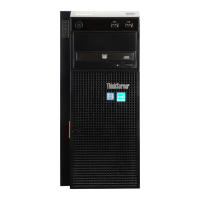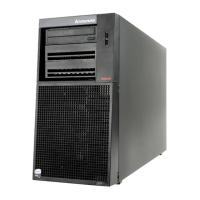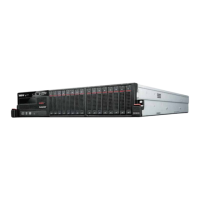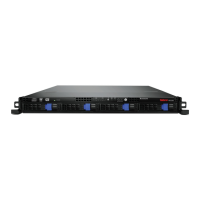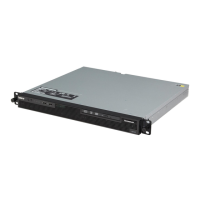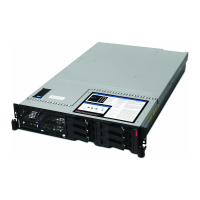5. In the Registration window, configure the information as prompted and click Next. The following steps
are based on the scenario that Skip Registration is selected in this step. If the “Really skip the
registration now?” window is displayed, select Yes.
Note: If the Warning window is displayed, click OK.
6. In the Add On Product window, select add-ons to be installed and click Next. The following steps are
based on the scenario that default options are selected in this step.
7. In the System Role window, select Default System and then click Next.
8. In the Suggested Partitioning window, use the suggested partitioning method and click Next. If you want
to create a drive partition, do one of the following:
• Manually create a root partition (/)
a. In the Suggested Partitioning window, click Create Partition Setup and select Custom
Partitioning (for experts). Click Next.
b. In the Expert Partitioner window, select Hard Disks from System view. Then select the disk (for
example, sda) for installing the operating system and click Add.
c. In the New Partitions Size window, select Custom Size.
d. Type the amount of space (for example, 80 GB) in the Custom Size field and then click Next.
e. Select Operating System from Role.
f. In the Formatting Options area, select BtrFS from the File system drop-down list box.
g. In the Mount partition area, select the forward slash (/) from the Mount Point drop-down list box.
h. Click Finish.
• Manually create a boot partition (/boot)
a. In the Expert Partitioner window, select Hard Disks from System view. Then select the disk (for
example, sda) for installing the operating system and click Add.
b. In the New Partitions Size window, select Custom Size.
c. Type the amount of space (for example, 2 GB) in the Custom Size field and then click Next.
d. Select Operating System from Role.
e. In the Formatting Options area, select Ext4 from the File System drop-down list box.
f. In the Mounting partition area, select /boot from the Mount Point drop-down list box.
g. Click Finish.
• Manually create a swap partition
a. In the Expert Partitioner window, select Hard Disks from System view. Then select the disk (for
example, sda) for installing the operating system and click Add.
b. In the New Partitions Size window, select Custom Size.
c. Type the amount of space (for example, 2 GB) in the Custom Size field and click Next.
d. Select Swap from Role and click Next.
e. In the Format partition area, select Swap from the File system drop-down list box.
f. In the Mount partition area, select Swap from the Mount Point drop-down list box.
g. Click Finish.
Go to the Expert Partitioner window. The created swap partition and root partition are displayed in the
window. Ensure that the created partitions are correct and click Accept.
Note: If the “Really use this setup?” window is displayed, click Yes.
9. In the Clock and Time Zone window, set the time zone and time and click Next.
Chapter 2. Installing an operating system in legacy mode 35

